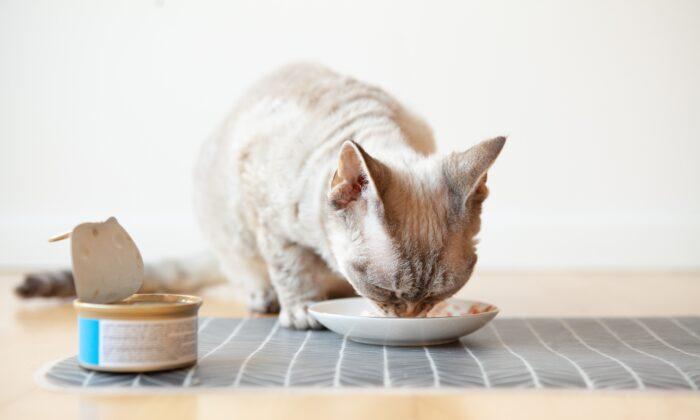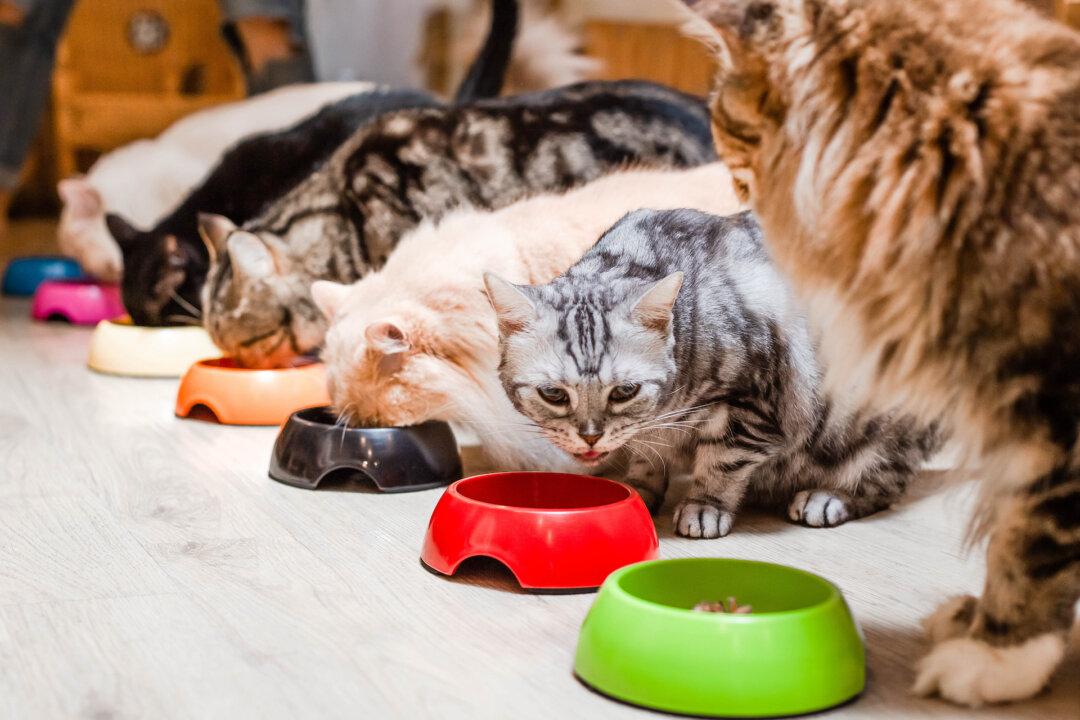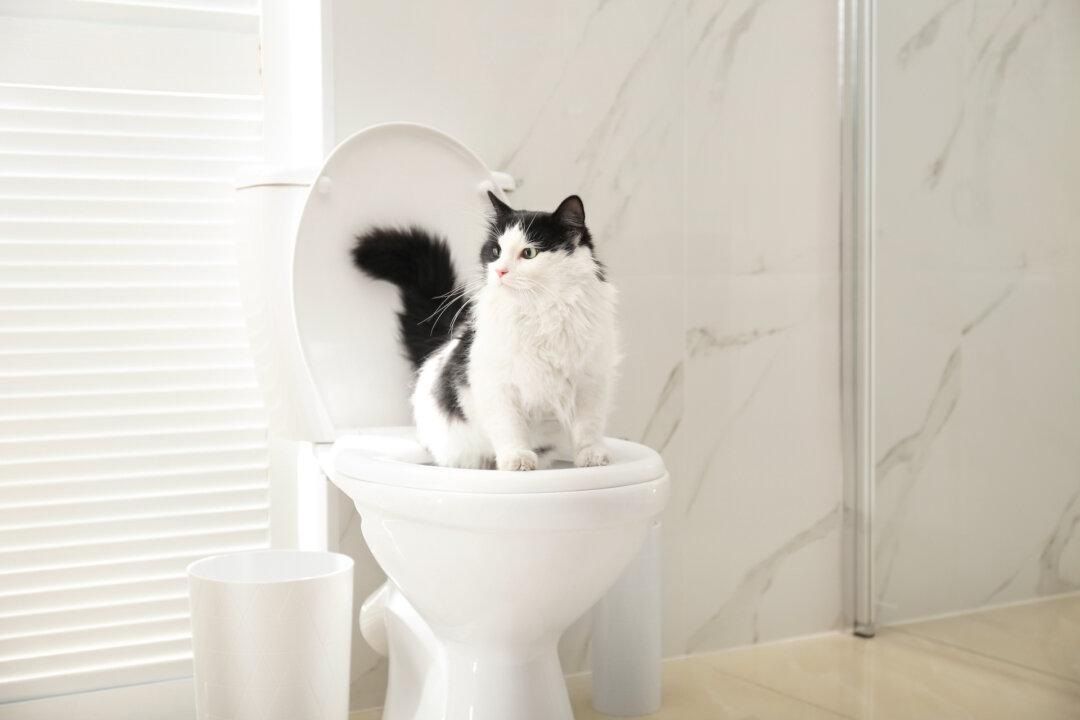Q: Our senior cat is hyperthyroid. How common is hyperthyroidism, and what causes it?
A: Hyperthyroidism is caused by benign tumors in the two thyroid glands located in the cat’s neck. The tumors produce excessive thyroid hormone, which impacts all body systems.
Feline hyperthyroidism affects more than 10 percent of cats older than age 10 and is now the most common endocrine disease of cats. It was first reported in 1979, and the prevalence is increasing.
Many factors play a role in the development of this disease.
Age: Hyperthyroidism is common in older cats.
Genetics: The Siamese, Himalayan, Persian, and Burmese breeds are at low risk, so affected cats probably have a genetic predisposition.
Diet: Thyroid hormone contains iodine, and diets that are especially high or low in iodine are associated with hyperthyroidism. The disease is also more common in cats fed fish-based canned foods and diets that contain a lot of soy isoflavones or selenium.
Food containers: Cats given canned food are two to five times more likely to develop hyperthyroidism than cats that eat dry food. Many pet food cans, particularly pop-top cans, are lined with bisphenol A, which may adversely affect the thyroid glands. In countries that don’t permit such use of this chemical, feline hyperthyroidism is uncommon. Still, about 25 percent of hyperthyroid cats have never eaten canned food.
Environmental chemicals: Exposure to flame retardants, air fresheners, pesticides, and herbicides is associated with hyperthyroidism. Cats are at high risk because they spend a lot of time resting on carpeting and upholstered furniture, which are treated with flame retardants, and they ingest whatever is on their fur when they groom themselves. Studies show that hyperthyroid cats have higher blood levels of PBDE flame retardant and PFAS “forever chemicals” than unaffected cats.
Research has proven that vaccinations and commercial flea and tick preventives are not associated with the development of hyperthyroidism.
Q: The nose and foot pads of Hunter, our old springer spaniel, are dry, crusty, and thick, although they don’t seem to bother him. Should we worry about this?
A: It’s always worth having your veterinarian examine any change in Hunter’s body. You may learn that he has a condition called hyperkeratosis.
This disorder occurs when excessive keratin builds up on the nose leather and/or foot pads. Keratin is a fibrous protein that makes up skin, hair, nails, and foot pads, providing protection and support.
On the nose leather, called the planum nasale, the dryness may be exacerbated by decreased secretion of fluid from the tiny nasal glands just inside the nose. These nasal glands moisten the nose leather and the inside of the nose.
Hyperkeratosis most commonly affects middle-aged and older dogs. It occurs in all breeds but is most prevalent in basset hounds, beagles, boxers, bulldogs, cocker spaniels, Labrador retrievers, and springer spaniels.
If Hunter’s nose leather and pads are simply dry, you need do nothing. If the appearance bothers you, you can apply propylene glycol, Kerasal ointment, fish oil, vitamin E, petroleum jelly, a fragrance-free moisturizer, or Bag Balm. If the keratin buildup on Hunter’s pads is excessive, it can be trimmed with scissors or removed with a nail grinder.
Sometimes a dog’s nose leather and foot pads become so dry that deep fissures form. If fissures bleed, cause pain, or become infected, Hunter needs to see his veterinarian.





